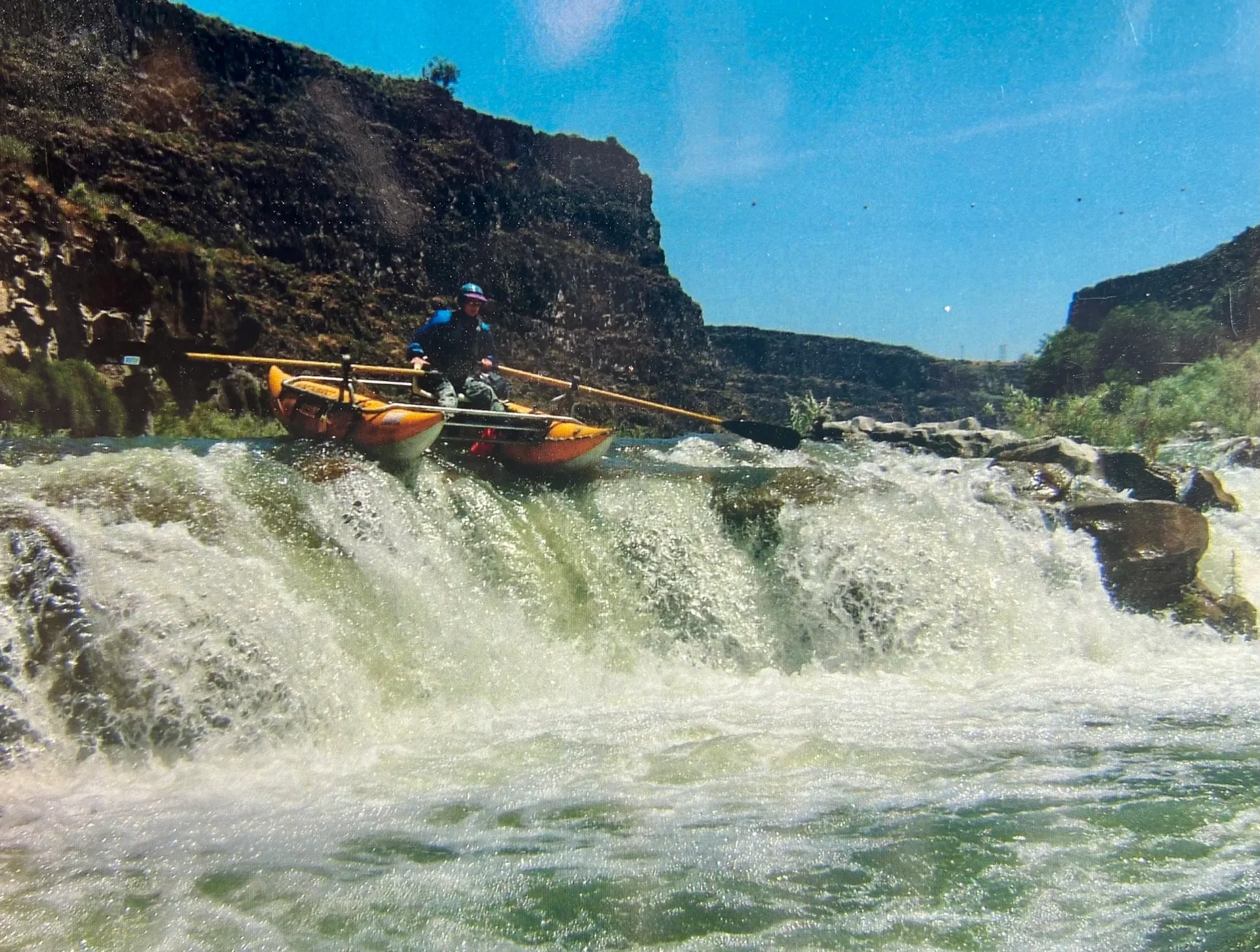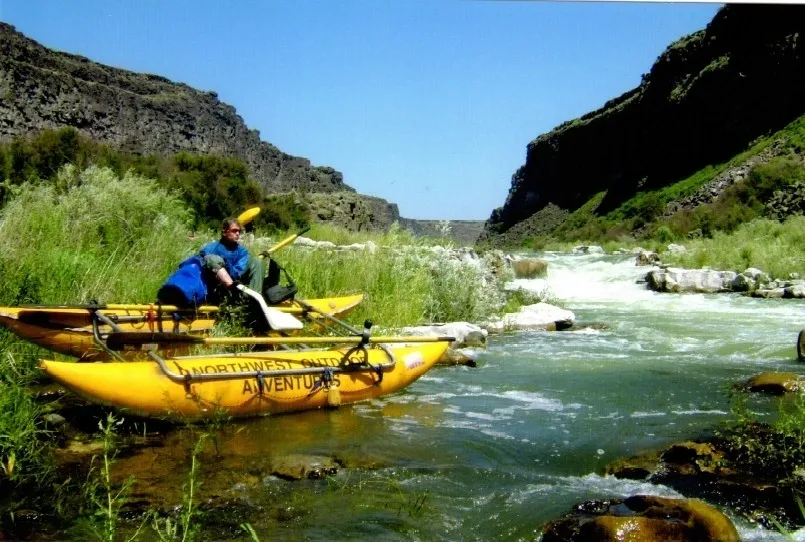Sport & Performance Anxiety
Reclaiming Flow, Trust, and Confidence
Sports Performance anxiety, the “yips”, and the pursuit of flow are like the formation of a geode—pressure creates cracks, and those fractures test your resilience. But just as a geode transforms into strong, brilliant crystals under intense conditions, athletes and performers rise from these challenges stronger and sharper. By confronting the strain head-on and embracing the power of flow—where focus becomes effortless—pressure turns into strength, and potential ignites into greatness.
The Impact of Past Experiences
Life experiences—whether in sport or beyond—can shape how we show up under pressure. For athletes, unresolved struggles often manifest as:
- Heightened anxiety or fear of failure
- Perfectionism and self-doubt
- Avoidance of competition
- Physical symptoms that disrupt focus and performance
These responses interfere with confidence, grounding, and the ability to stay present. Therapy helps athletes process these experiences and build strategies for resilience. Therapy That Supports Performance
Using EMDR and other evidence-based modalities, I help clients:
- Reframe negative thought patterns
- Manage performance anxiety
- Reconnect with their instincts
- Foster clarity, confidence, and control
Performance anxiety isn’t limited to athletics—it can affect musicians, students, professionals, and anyone facing high-pressure situations. Therapy helps you move through it—not just to perform better, but to feel more empowered in life.
Flow State: Where Mind Meets Action
Flow is that immersive state where everything clicks. Movement feels effortless, time shifts, and focus sharpens. It’s not just about adrenaline or risk—it’s about alignment.
Together, we explore techniques like mindfulness, visualization, and balancing challenge with skill to help foster flow in your own experiences.
EMDR Therapy for Athletes & Performers
EMDR helps reprocess trauma and restore clarity. It doesn’t erase the past—it rewires how we relate to it. For athletes and performers, this means:
- Releasing stored distress
- Rebuilding trust in the body
- Reclaiming flow and confidence
Healing isn’t just about avoiding injury—it’s about rediscovering your edge.
My Personal Experience — A Therapist’s Reflection
Flow & the Murtaugh

It was just the two of us. We scouted only Pair of Dice, then committed to a read-and-run approach—no backup, no second opinions. I asked for no pictures; even the thought of a camera disrupted my rhythm. But I dropped into flow. Every oar stroke was precise. I rescued two injured kayakers. It was mastery in motion.

The second trip was different. I romanticized the river. Assumed ease. From the first wave train, I was backwards, upside down, missing strokes. The river hadn’t changed—I had. Flow was gone, and the canyon reminded me: presence is earned, not assumed.

The Murtaugh is often called “three rivers in one.” Its changing flows demand different skill sets—just like life and sport. With 20 major rapids and no easy exits, it’s a true test of skill, humility, and teamwork.
Performance Anxiety in Athletes: Reclaiming Flow, Trust, and Confidence
I’ve known the exhilaration of flow—that seamless connection between body and mind where movement feels effortless and instinctive. In those moments, my skills aligned perfectly with the demands of the activity, and execution felt natural. Running felt infinite. Skiing was pure magic. Catarafting slowed time. Even in golf, I’ve felt that quiet alignment—proof that flow isn’t just about adrenaline; it’s about harmony.
I feel fortunate to have experienced flow so many times. Not everyone accesses that state. Some theories suggest that risk and adrenaline are necessary to reach heightened flow. Many I’ve spoken with agree. Yet I’ve felt flow in my golf swing, too—despite being a recreational golfer with no threat or competition to push me. That tells me flow isn’t just about danger or intensity. It’s about alignment. A deep harmony between mind and body.
But there have also been times when flow was completely absent. I couldn’t focus, and the connection between my body and mind felt severed. Effortlessness gave way to carnage—and I’m deeply grateful to be healthy and strong today, even though I carry some lifelong injuries.
When Flow Disappears: The Emotional Toll of Sports-Related Trauma
Running led to poor foot placement and turned ankles. Skiing brought brutal wipeouts, catching edges that resulted in severe whiplash and concussion. In catarafting, I took a steel bar to my lower back, injuring my pelvis. My head was smashed between my boat and a rock, and although I didn’t break my right humerus, it felt like I had. A deep gouge to my shin bone even earned me a tetanus shot. And golf? Well, that just results in high scores.
These moments didn’t just leave physical scars—they planted doubt. I began to question my instincts, my timing, and my ability to perform under pressure. That doubt crept into my confidence, especially in sports where flow is essential. The fear of disconnection—of another injury, another misstep—can quietly evolve into performance anxiety. It’s not just about skill anymore; it’s about trust. Trust in my body, my focus, and my ability to stay present.
Healing Performance Anxiety with EMDR Therapy
I’ve found that trauma from these experiences can be softened and reprocessed through EMDR therapy for athletes and performers. It’s a powerful technique that helps the nervous system release stored distress and rewire how one relates to those memories. EMDR doesn’t erase the past, but it helps restore clarity and confidence—making space for flow to return. For athletes and performers, this can be a game-changer. It’s not just about healing—it’s about reclaiming your edge.
Reconnecting with Confidence and Flow
If you’ve ever felt that same fracture—where your body doesn’t respond the way you know it can, where doubt creeps in and performance suffers—you’re not alone. These moments can leave lasting impressions, shaping how we show up in sport, in work, and in life. But they don’t have to define us.
Through EMDR and other evidence-based therapeutic approaches, I help clients reconnect with their instincts, rebuild trust in their bodies, and rediscover the joy of performance. Healing isn’t just about avoiding injury—it’s about reclaiming flow, confidence, and the freedom to move through life with presence and power.
Because even the most turbulent river eventually smooths its course—and when it does, the water runs clear, swift, and strong again. And like a geode, the fractures we carry can hold something unexpectedly beautiful: layers of strength, wisdom, and brilliance formed in the dark, revealed only when we dare to look within.
